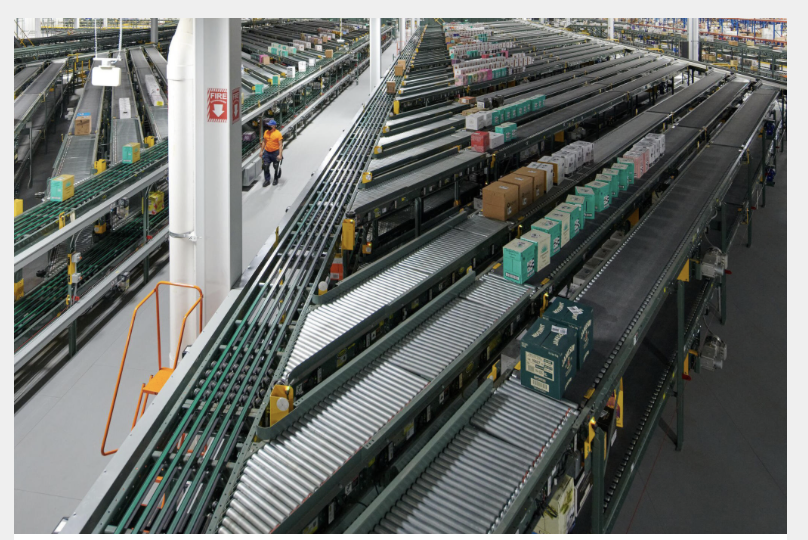Report: Automation can help solve logistics real estate challenges
Productivity improvements, higher revenue generation are among the benefits that can help offset an expected shortage of logistics space.

Automation will play a key role in shaping the logistics real estate market over the next few years, as retailers, e-fulfillment providers, and others look for ways to improve productivity and boost revenue generation in their logistics facilities, according to research from logistics real estate firm Prologis, released today.
The company released the second installment of a special report on automation and logistics real estate, highlighting some of the challenges and opportunities in the market heading into 2021. Challenges include an ongoing shortage of well-located logistics space and skilled labor as well as a capacity crunch in last-mile delivery—all of which have been exacerbated by the Covid-19 pandemic and a dramatic increase in e-commerce activity. Increasingly, companies are looking toward automation to alleviate those problems and give them an advantage in the marketplace.
“Investments in automation technologies boost the value of the modern logistics facilities needed to flex with the future supply chain,” the researchers wrote. “Increased demand for logistics real estate in the next five years will be challenging for customers looking to build capabilities, especially in locations near end consumers. The pandemic has accelerated structural trends already at work and reduced new supply, increasing the likelihood of a critical shortage of space. Automation can bridge this gap by improving productivity, enhancing capabilities, and opening up new locations for logistics users.”
Key takeaways from the research include:
-
New supply of logistics facilities in the United States could fall short of demand by 140 million square feet over the next five years.
-
Greater productivity can help offset a lack of available space, most notably in built-out, urban markets where vacancy rates are less than 1%.
-
Improving productivity in labor-intensive e-commerce operations can help companies meet growing volumes and consumer demands.
-
Automation brings economic benefit to logistics real estate: Customers that incorporate automation sign longer leases and are more likely to renew, which cuts downtime and related costs.
The research addresses other challenges, including shifting inventory strategies, pandemic-related demand, and the growing difficulty of implementing some automation technologies—largely because growing interest has led to long wait lists and increased lead times for some types of equipment.
Related Articles
Copyright ©2024. All Rights ReservedDesign, CMS, Hosting & Web Development :: ePublishing